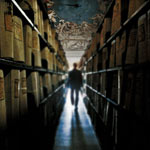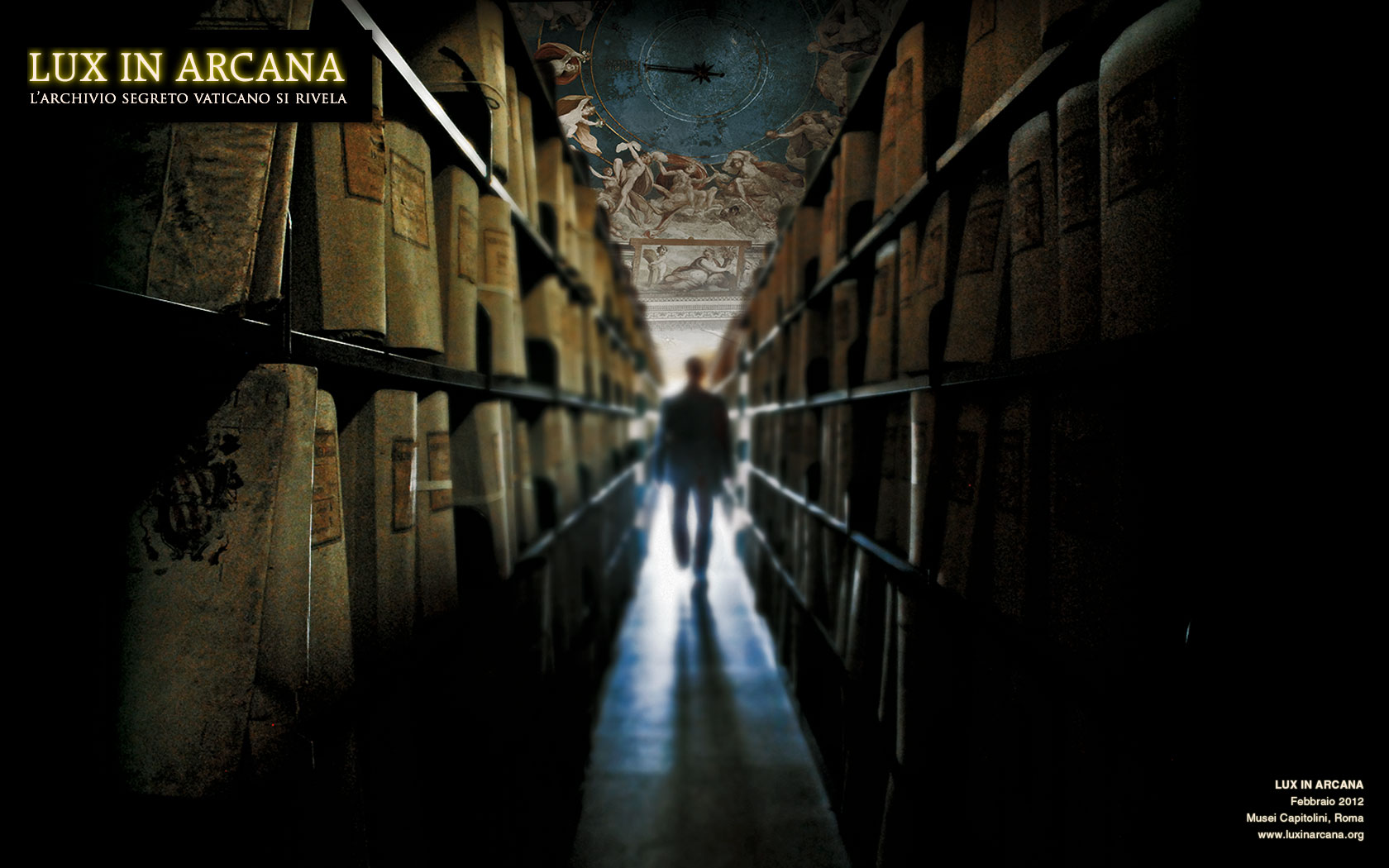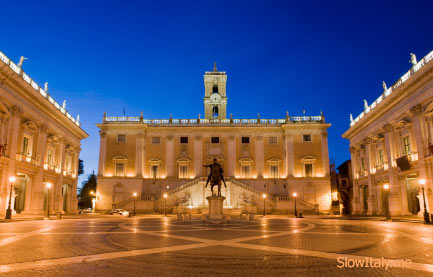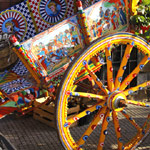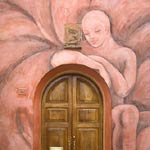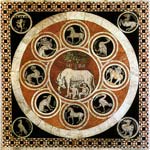Lux in Arcana: The Vatican Secret Archives Revealed
An unprecedented and once-in-a-lifetime cultural and media event will take place from March 1 till September 9, 2012 at the Capitoline Museums in Rome: 100 of the most historically significant documents held by the Vatican’s Secret Archives will go on public display. It will be the first time in history that so many original documents, covering more than 700 years of history, will be allowed to leave Vatican City.
The exhibition held at the Capitoline Museums in Rome, Lux in arcana – The Vatican Secret Archives revealed, will recount history through its sources. The documents held by the Vatican Archives are extremely important in reconstructing the political, religious and social history of cities, nations and continents. The exhibition features many unique and peculiar documents such as the letter from the American Indians written on an unusual and very fragile material, birch bark. It is in Indian language but written in Western script, and dates to “There where the Great Grasses are [Grassy Lake], in the month of the flowers [may]”.
Two documents from 1308-1311 will fascinate the public: the Chinon parchment with the sacramental absolution of the Temple’s dignitaries and the Trial against the Order of the Templars contained in a roll 60 linear meters long.
Another impressive document is the letter emanating from Henry VIII to Clement VIII asking for the pope’s annulment of the King’s first marriage so that he could marry the young Anne Boleyn. The document has been called “the most impressive one ever circulated by the Tudors.” Its 83 signatures embody the stories of the protagonists and the victims of some of the bloodiest decades in English history.
The collection also includes a letter on silk from Empress Helena-Wang of China informing the Pope Innocent X of her conversion and that of her son, emperor Yongli-Constantine. The letter was sent in 1650 but would arrive in Rome only in 1655 when Alexander VII had in the meantime succeeded Innocent X.
Other documents include Galileo Galilei’s conviction, Luther’s excommunication, and many other historical texts.
The Archives treasures also include many curiosities, such as ciphered documents that were subsequently decoded or, in some rare cases, original code-books, the key to decrypt the “secret” text. The oldest ciphered texts kept in the Vatican Secret Archives date back to the first half of the 14th century.
The most common ciphering technique was substitution, when the message’s original letters were replaced by other characters, numbers or symbols, by using a ciphered alphabet. The invention of the “ciphering wheel” allowed the use of two or more ciphering alphabets, a technique known as polyalphabetic substitution. From the 15th century on, a new system was employed, halfway between a code and a code-book, which featured a ciphered alphabet and a list of words, names and syllables, just like a small code. This “mixed” system that was usually written on large folded sheets of paper was named nomenclator.
The cryptologists working for the Roman Curia were among the most famous and skilful of the early-modern period. They had their own office of Segretario della Cifra, created in the mid-15th century. In 1861, Vatican espionage succeeded in intercepting ciphered wires between the Savoias and Camillo Benso Cavour, which are preserved nowadays among the Spogli dei Cardinali.
The Vatican Secret Archives are famous all over the world not only for the antiquity, quantity and typology of the documents (some even dating back to the 8th century AD), but also for the bulk of some of them. The heaviest archive item is the volume numbered 8590 in the Vatican Secret Archives. It is 40 cm large, 55 cm tall and 37 cm thick and weighs over 60 kilograms! It is so bulky and heavy that it takes two persons to carry it from the underground bunker of the Vatican Secret Archives to the study rooms.
Opening hours: Tuesday-Sunday: 9.00 am – 8.00 pm; Last admission 1 hour before closing time. Closed: Monday. Capitoline Museums, Rome.

